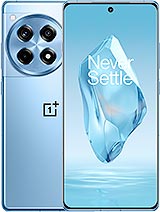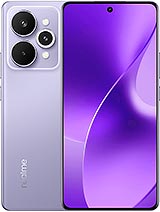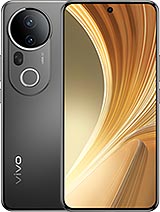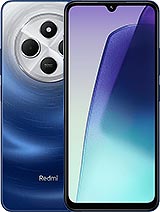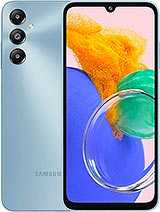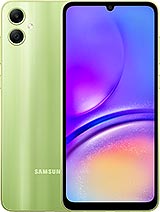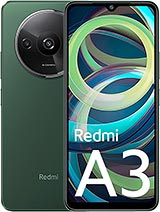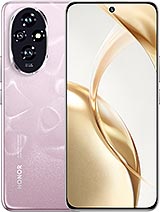Honor 200 alternatives
Tap above to see alternatives.
Lava Yuva 4 4G alternatives
Tap above to see alternatives.
Lava Yuva 4 4G

Lava Yuva 4 4G
-
Unisoc T606
12 nm
-
5000 mAh
10W
-
6.56"
720 x 1612 pixels
-
50 MP
1080p@30fps
- Specs
1x2.63 GHz Cortex-A715
4x2.4 GHz Cortex-A715
3x1.8 GHz Cortex-A510
2x1.6 GHz Cortex-A75
6x1.6 GHz Cortex-A55
12GB 512GB (UFS 3.1)
4GB 128GB (UFS 2.2)
f/2.0, (wide), 1/1.56", 1.0µm, PDAF, OIS
50 MP
f/2.4, (telephoto), PDAF, OIS, 2.5x optical zoom
12 MP
f/2.2, 112˚ (ultrawide), AF
(wide), AF
VGA
Auxiliary lens
1080p@30/60fps
f/2.1, (wide)
1080p@30fps
SIM1: Nano, SIM2: Nano
SIM1: Nano, SIM2: Nano
FDD: N3
TDD: N40
FDD: N3
TDD: N40
In this performance comparison, the Honor 200 with its Qualcomm Snapdragon 7 Gen 3 (4nm) performs better than the Lava Yuva 4 4G with the Unisoc Unisoc T606 (12nm), thanks to superior chipset efficiency.
Honor 200 offers 2 years of OS updates, whereas Lava Yuva 4 4G provides 1 years. For security updates, Honor 200 offers 3 years of support compared to Lava Yuva 4 4G's 2 years.
Honor 200 features a superior AMOLED display, while Lava Yuva 4 4G comes with an LCD panel. In terms of smoothness, Honor 200 offers a higher 120 Hz refresh rate, ensuring fluid scrolling and animations. Both devices deliver the same brightness level at nits. Notably, Honor 200 offers a higher screen resolution, resulting in sharper visuals and more detailed content.
Honor 200 comes with a larger 5200 mAh battery, which may offer longer usage on a single charge. Honor 200 also supports faster wired charging at 100W, compared to 10W on Lava Yuva 4 4G.
Neither phone has an official IP rating for water and dust resistance.
- Honor 200 – Check price here
¹ Scores can vary even with the same chipset due to RAM, thermals, and software optimization.

